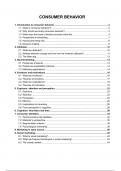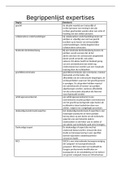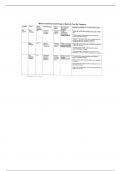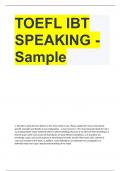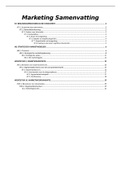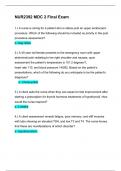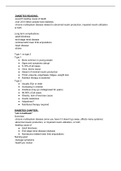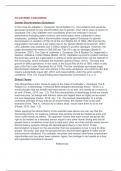Samenvatting
Consumer Behavior summary
- Instelling
- Universiteit Antwerpen (UA)
An all encompassing summary of the course Consumer Behaviour. Written in an organized, structured way with plenty of clear examples and visuals to guide you through the learning process. This summary includes; * all lectures * all guest lectures * the book Nudge by Thaler and Sunstein * all...
[Meer zien]
